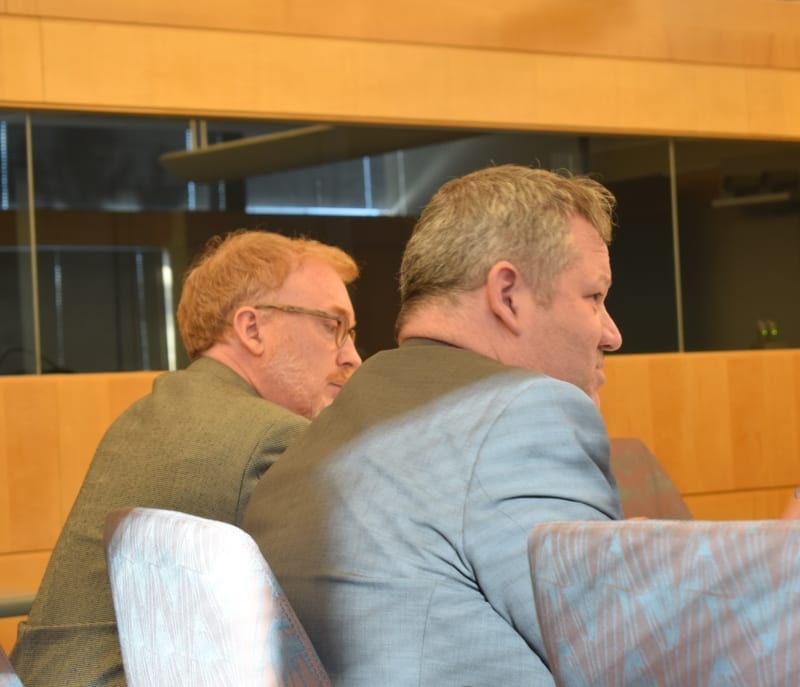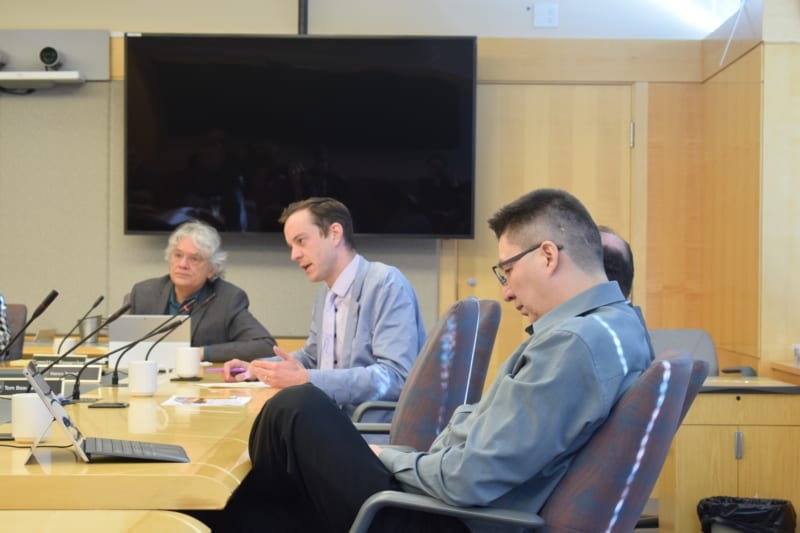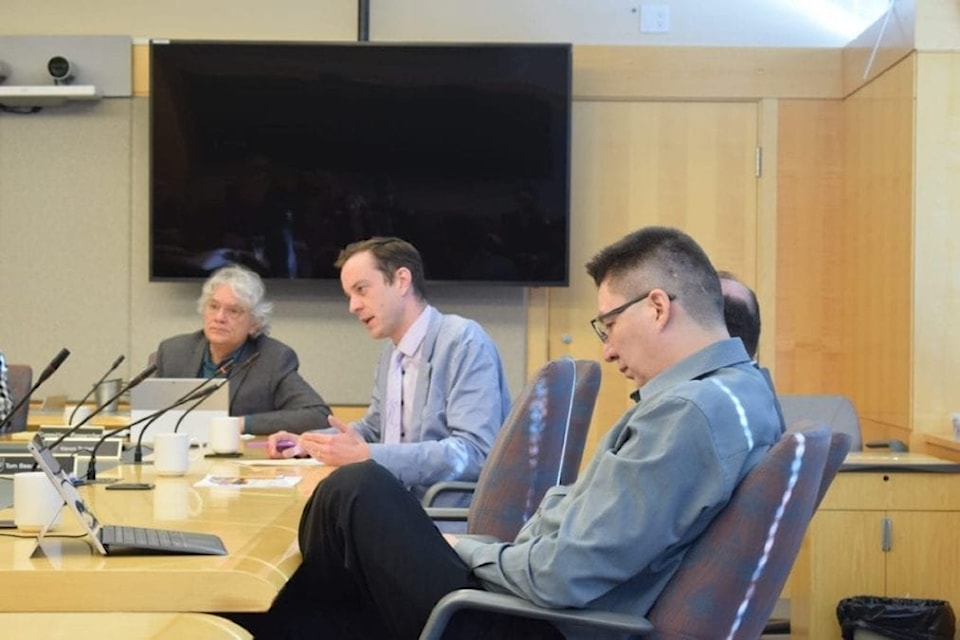The territorial government is working on a new plan to deal with mental health and addictions issues in the Northwest Territories.
The Standing Committee on Social Development (SCOSD) received a briefing on the draft Mental Wellness and Addictions Recovery Action Plan from Health Minister Glen Abernethy on March 13.
The plan is the final deliverable under Mind and Spirit: Promoting Mental Health and Addictions Recovery Strategic Framework released in November 2016.
“While the original intention was to create two action plans - one for mental health and one for addictions - the draft action plan combines mental wellness and addictions recovery into one overall action plan,” said Abernethy.

The combined approach is better aligned with best practices and also recognizes the two areas are often linked, he said.
The plan contains 33 actions grouped under four objectives the government wants to accomplish over the next two years. The first objective is to increase awareness, reduce stigma and create safe and supportive services, the draft plan states.
The department has a range of services that residents are not always aware of, said Bruce Cooper, deputy minister of Health and Social Services.
“We also know that sometimes the way we think people need to get this information actually doesn’t align,” said Cooper.
The department tends to lean toward using social media to promote their services, but heard form residents that simple posters can be a good way to inform people of what's available.
The second objective is to enhance community, land-based, and cultural supports as part of the continuum of care.
“We know that recovery from addictions is easier with support from people who understand the journey and the associated challenges,” said Cooper. “We will leverage lived experience by implementing more peer support options for individuals working on recovery from addictions.”
The department will also be looking to provide community-based options for addictions treatment that allow people to stay close to home.
“And that will be done through the online healing fund that will be enabling Indigenous governments to deliver these land-based mobile addictions treatments,” Cooper explained.
The third objective focuses on improving access to services and support for mental wellness and addictions recovery.
The department recently faced criticism from Hay River North MLA R.J. Simpson over the eight-month wait list to see a mental health counsellor in his community, which was due to staff shortages.
As part of this new plan, the department said it will implement services including e-mental health options in addition to or instead of face-to-face counselling, and will offer a variety of scheduling options to help reduce wait times.
“An example of this would be the use of single-session walk-in counselling,” said Cooper.
Front-line workers and counsellors will be given additional training in addictions assessment and culturally respectful practices.
“Alcohol addiction is the most common reason residents seek addictions treatment, it is also at the root of many issues facing our territory,” he said.
In an effort to mitigate the harms of alcohol, the GNWT plans to work with the federal government to establish a task force to create a territorial alcohol plan, he said.
The fourth objective is to enhance the availability and accessibility of family violence supports.
“We’re all aware that rates of family violence in our territory are approximately eight times the national average, this is a key area that needs coordinated and timely attention,” said Cooper.
The department currently supports five shelters around the territory, and plans to implement operational standards for them.
But MLA Julie Green questioned why family violence was included in the plan, when it was only mentioned once in the Mind and Spirit strategy.
“Have you considered the stigmatizing effect of including family violence shelters in this plan?” Green asked.
“I feel very strongly that it has that effect and I’d like to know that you’ve considered that effect.”

Mental health, addictions and family violence are so integrated into the work done by staff in this area that it was hard not to include it, said Cooper, and family violence can be both a consequence of and a contributor to mental health and addictions issues.
“Our intention here is to really bring into one vehicle, something that aligns with the work and has connections,” he said.
“Certainly the stigma issue is not something that we considered as an issue here.”
MLA Kieron Testart agreed with Green's point.
“I don’t think it fits as seamlessly as the other pieces do and I think the efforts to de-stigmatize mental health are substantially different than the efforts to de-stigmatize family violence,” said Testart.
In response, Abernethy emphasized that this plan is not final, and feedback from the committee is part of its development.
“I hear Ms. Green’s comments and I hear Mr. Testart’s comments around family violence and, like I said, this a draft,” he said.
“This is not a final document and we are looking for input.”
Once the plan is finalized, it will be released to the public in the spring.
